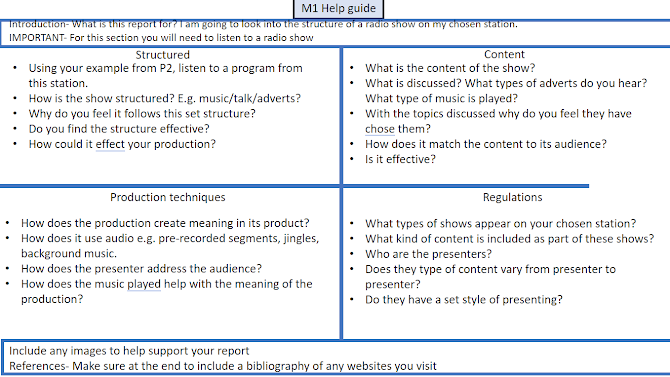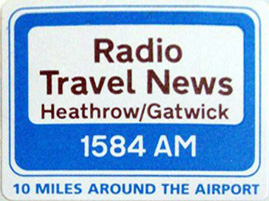D1 Legal and Ethical

Advertisers are expected to show good and honest ads. Ethical Issues in advertising include Advertising harmful products Advertising to children Unhealthy brand comparisons False claims made in ads Ads in poor taste Don't make any false claims or exaggerate your product in ads. Don't use false statistics. Legal and Ethical Issues Introduction In this report I will address the legal and ethical issues that I need to consider when creating my advertisement campaign for my energy drink (Lotus) and any implications that could be caused by not considering legal and ethical issues. I will go over each issue and state what it is, the problems it could cause, and how I will avoid this issue to ensure my campaign has no issues. Copyright Copyright is a legal term describing ownership of control of the rights to the use and distribution of certain works of creative expression. Copyright is one of the main types of intellectual property and provides a level of protection and compensation


